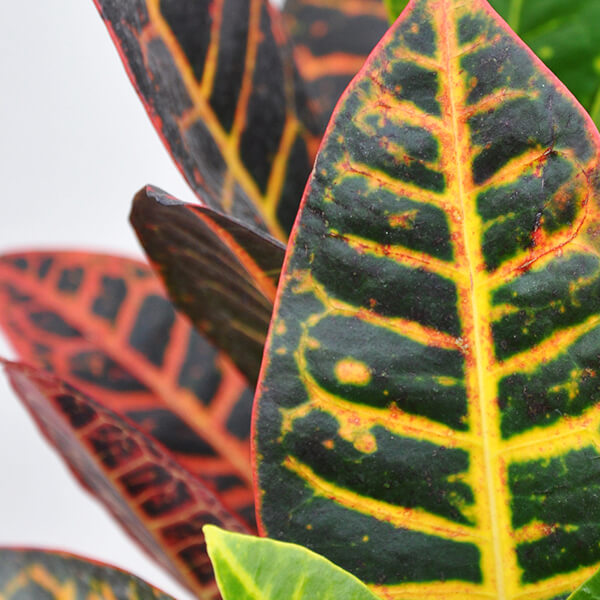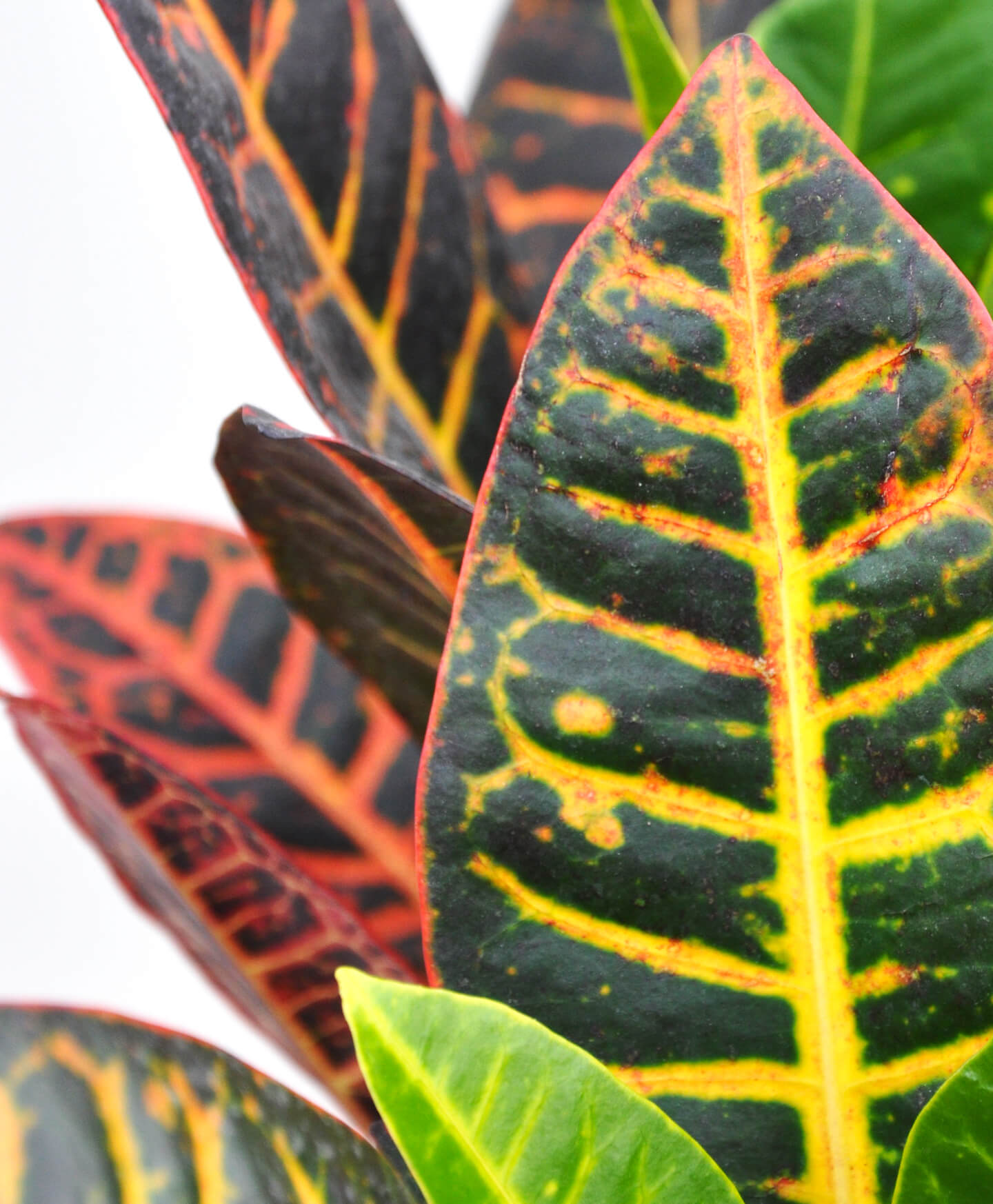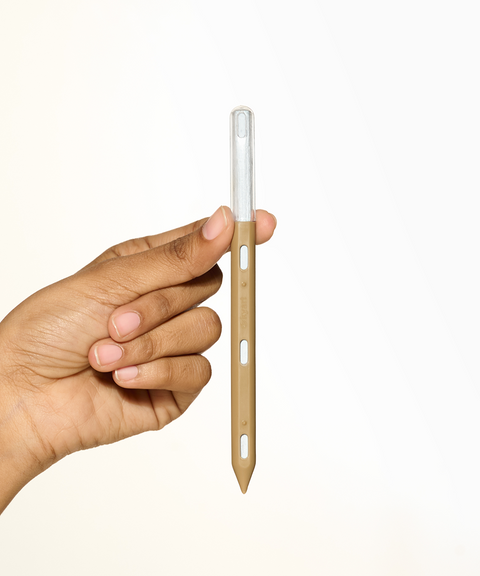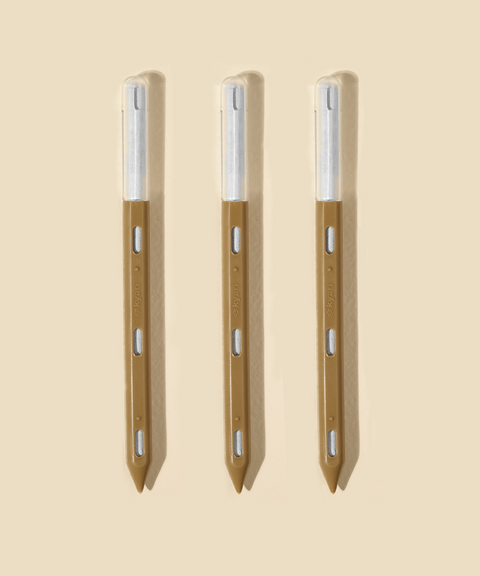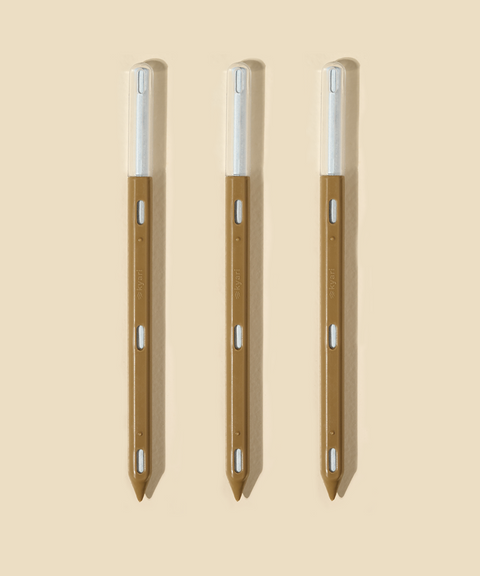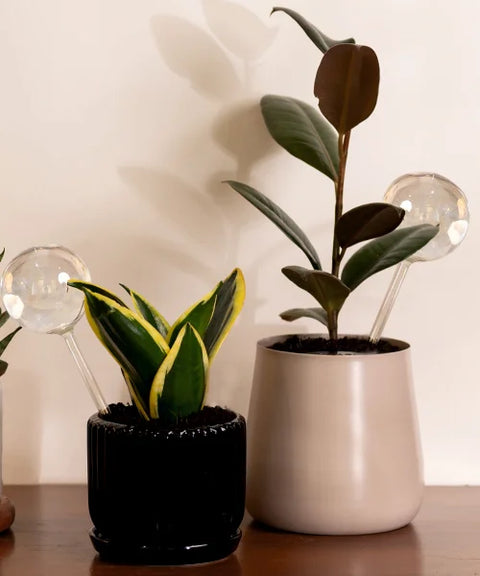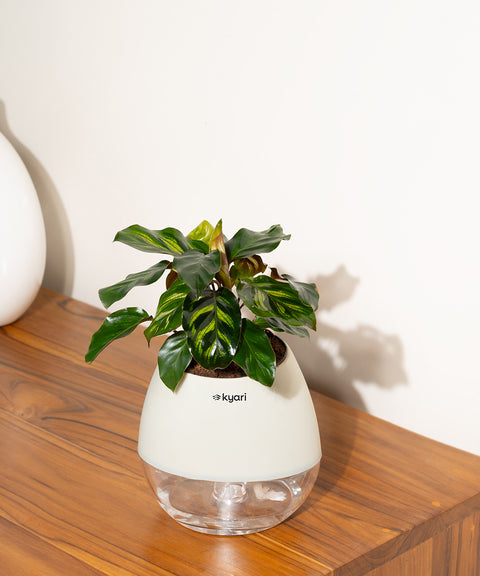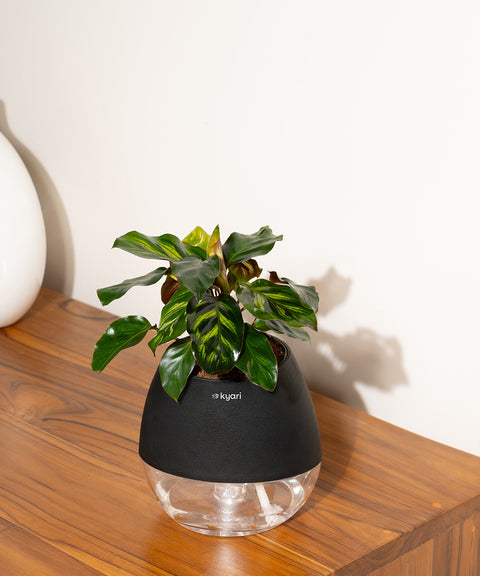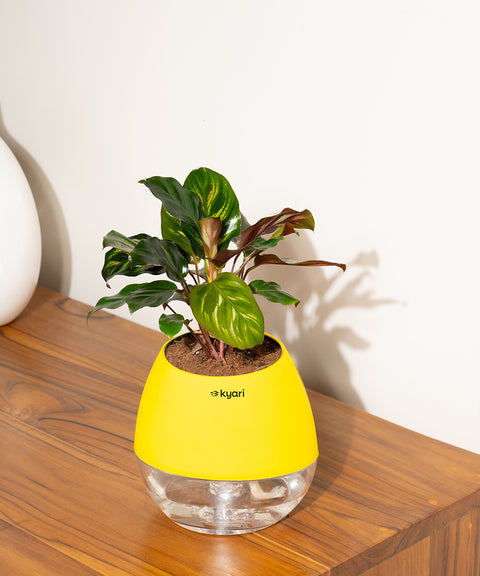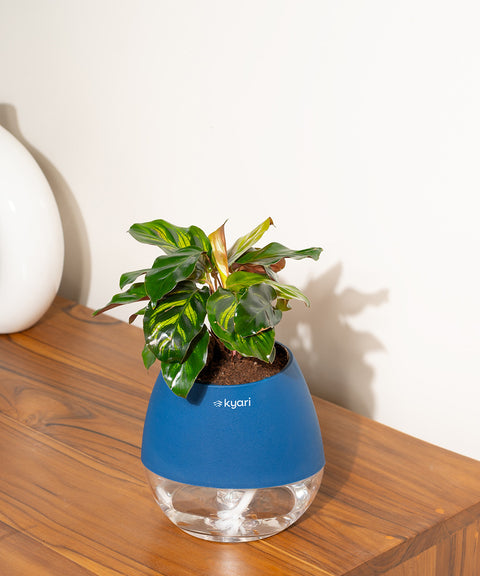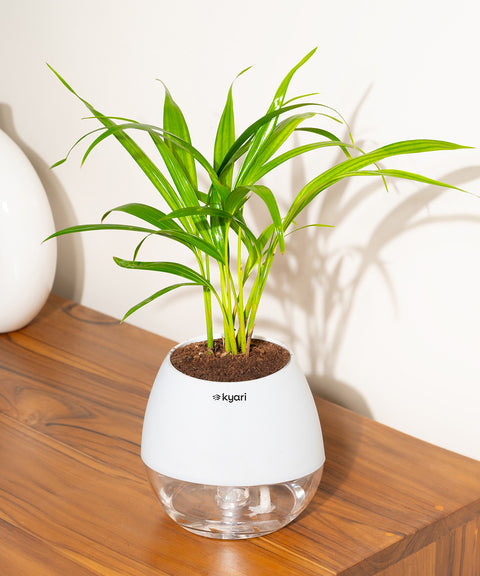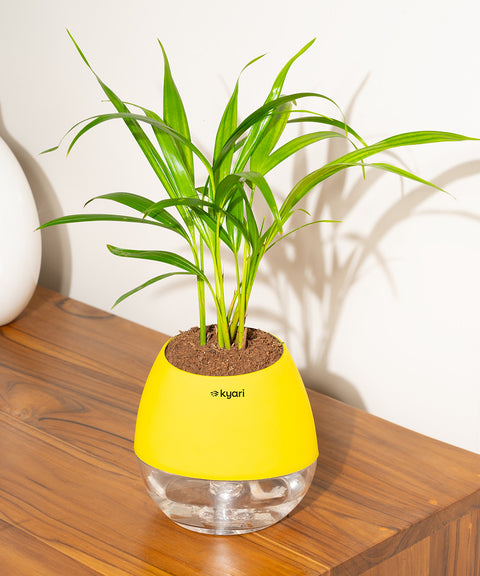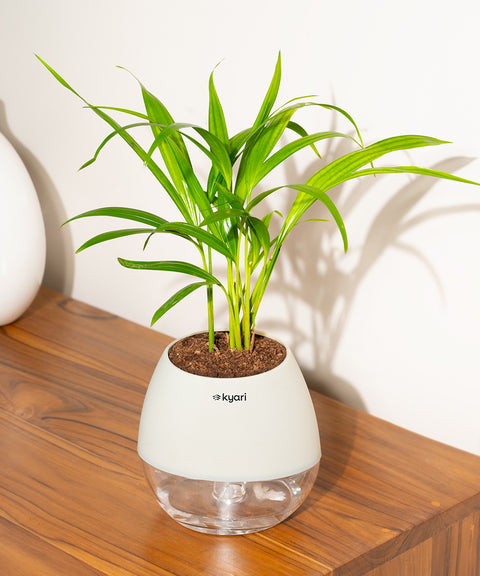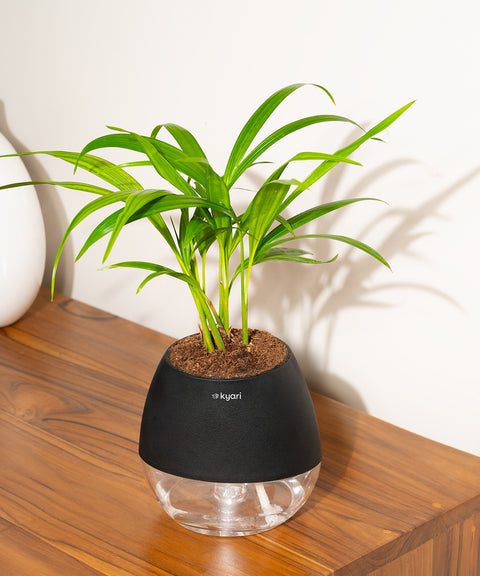Care guide
Croton plants need bright, indirect light to maintain their vibrant colors. Place them near a window that receives bright, filtered sunlight. Avoid exposing them to direct sunlight for extended periods, as it can scorch the leaves. Insufficient light can cause the foliage to lose its color, so ensure they receive adequate light.
Croton plants thrive in warm temperatures between 60°F and 85°F (15°C and 29°C). They are sensitive to cold drafts and temperatures below 55°F (13°C). Protect them from cold air or sudden temperature fluctuations. Maintain a relatively stable temperature for optimal growth.
Keep the soil evenly moist but not waterlogged. Water your Croton when the top inch (2.5 cm) of soil feels dry. Water thoroughly, allowing the water to drain from the bottom of the pot. Avoid letting the plant sit in standing water, as it can lead to root rot. Overwatering or underwatering can cause leaf drop, so find the right balance.
Croton plants appreciate higher humidity levels. You can increase humidity by misting the leaves regularly, using a humidifier, or placing the plant on a tray of water and pebbles. Ensure good air circulation to prevent fungal issues. Providing adequate humidity will help keep the foliage healthy and prevent leaf browning.
Use a well-draining potting mix for Croton plants. A mixture of peat moss, perlite, and sand works well. Good drainage is essential to prevent waterlogging. Ensure the pot has drainage holes to allow excess water to escape.
Feed Croton plants with a balanced, water-soluble fertilizer diluted to half the recommended strength. Apply the fertilizer every two to four weeks during the growing season (spring and summer) to support healthy growth and foliage color. Reduce fertilization during the dormant period in winter.
Croton plants benefit from occasional pruning to maintain their shape and encourage bushier growth. Prune back leggy stems or remove any dead or damaged foliage. You can also pinch off the tips of young shoots to promote branching. Wear gloves when pruning, as the sap of Croton plants can cause skin irritation.
Croton plants can be propagated through stem cuttings. Take 4-6 inch (10-15 cm) cuttings from healthy stems, remove the lower leaves, and place them in a well-draining potting mix. Keep the cuttings warm and humid, and roots should develop within a few weeks.




